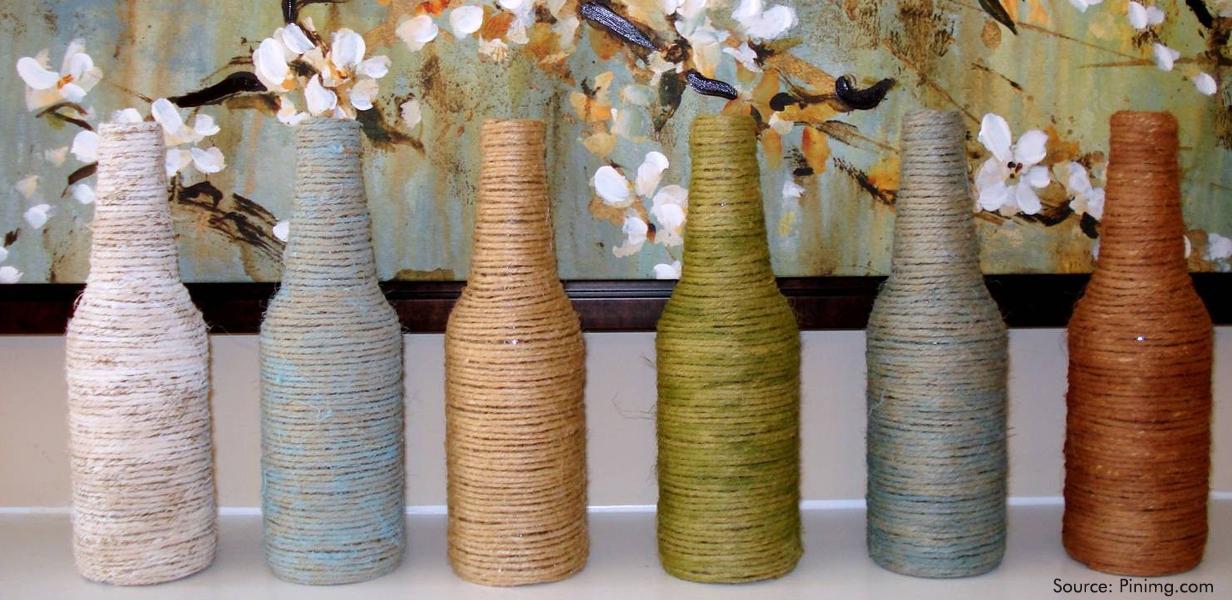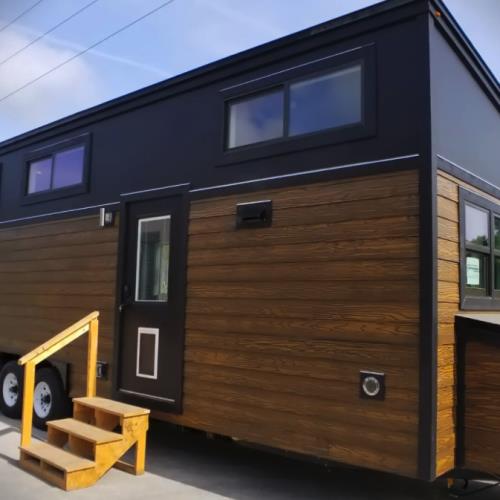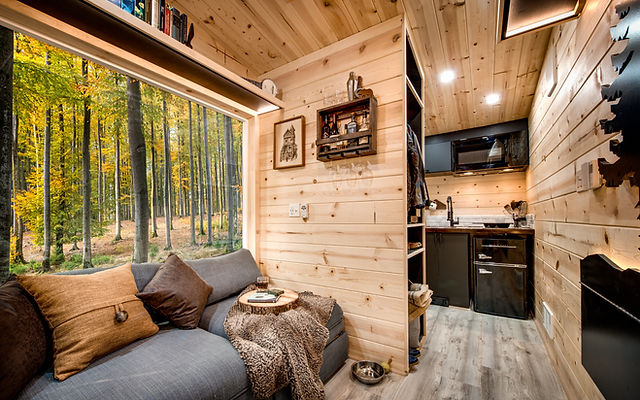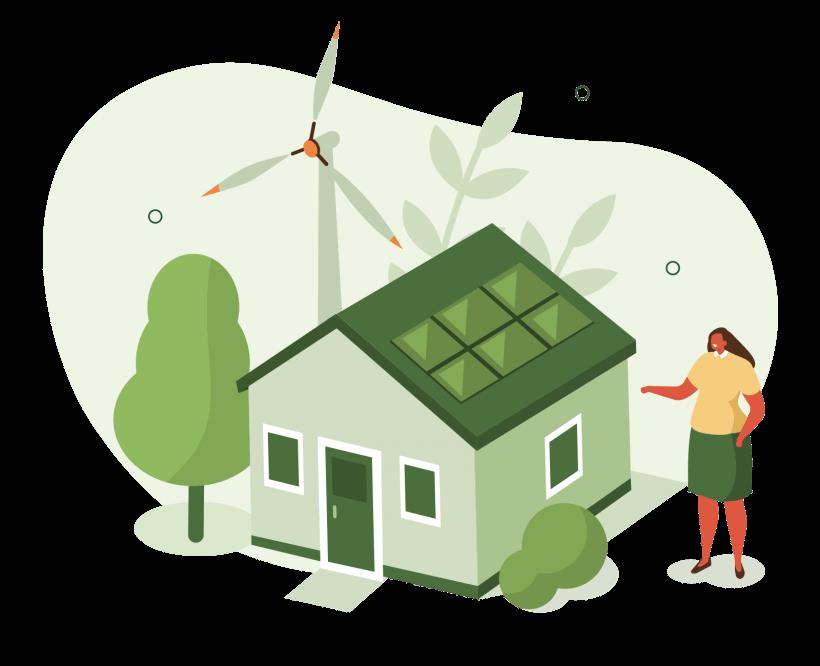
In today's era of increasing environmental awareness and the need for sustainable practices, mastering water conservation has become a priority for many households.
This article serves as a practical guide for homeowners seeking to install low-flow fixtures at home, thereby reducing water consumption and contributing to the preservation of this precious resource.
With step-by-step instructions and expert tips, readers will learn how to choose, remove, and install these fixtures, ensuring an efficient and eco-friendly water supply for their homes.
Choosing Your Fixtures
When selecting low-flow fixtures for your home, it is important to consider their water-saving capabilities and overall functionality. Low-flow fixtures are designed to reduce water consumption by limiting the flow rate without compromising performance.
These fixtures offer numerous water-saving benefits, such as reducing water bills and conserving precious resources. By installing low-flow faucets, showerheads, and toilets, households can significantly decrease their water usage and contribute to a more sustainable future.
Additionally, these fixtures often come with cost considerations. While low-flow fixtures may have a slightly higher upfront cost compared to traditional fixtures, the long-term savings on water bills can outweigh the initial investment. It is essential to evaluate the payback period and potential savings before making a decision.
Turning off Your Water Supply
To ensure efficient water usage and prevent wastage, homeowners can effectively turn off their water supply by following a few simple steps.

Firstly, locate the main water shut-off valve, typically found near the water meter. Turning this valve clockwise will shut off the water supply to the entire house. It is important to know the location of this valve in case of emergencies or repairs.
Many people are hesitant to turn off their water supply due to common misconceptions. However, the benefits of water conservation in everyday life far outweigh these concerns. By turning off the water supply when it is not needed, homeowners can reduce water usage, lower their monthly utility bills, and contribute to the preservation of our precious water resources.
Removing Your Old Fixtures
To effectively transition towards installing low-flow fixtures, it is essential to begin by removing your old fixtures to make way for the new, water-saving alternatives. This process not only allows for a smooth installation but also helps in disposing of the old fixtures responsibly.
Before removing the fixtures, ensure that the water supply is completely turned off to prevent any leaks or accidents. Begin by unscrewing or disconnecting the fixture from the plumbing system using the appropriate tools.
Once removed, you can either donate the fixtures if they are still in good condition or dispose of them responsibly.
The benefits of low-flow fixtures are numerous, including significant water savings, reduced water bills, and a positive impact on the environment. By removing your old fixtures and replacing them with low-flow alternatives, you can contribute to water conservation efforts and enjoy the long-term benefits of reduced water consumption.
Installing Your Low-Flow Fixtures
Transitioning from removing your old fixtures, the next step in installing low-flow fixtures is to carefully and professionally install the new water-saving alternatives. As you embark on this task, consider the following:

- Benefits of low-flow fixtures:
- Reduces water consumption and lowers water bills.
- Helps conserve precious water resources and protect the environment.
- Promotes sustainable living and contributes to a greener future.
- Enhances the value of your property and attracts eco-conscious buyers.
When it comes to installation, you have two options: DIY or professional assistance. While a DIY approach offers freedom and cost savings, it requires some level of plumbing knowledge and skill to ensure proper installation. On the other hand, professional installation guarantees expertise and eliminates potential mistakes but comes at a higher cost.
Testing Your Fixtures
Once your low-flow fixtures have been installed, it is crucial to test their functionality and efficiency.
The first step in testing your fixtures is to check for leaks. Start by visually inspecting the fixtures for any visible signs of leakage, such as dripping or pooling water.
Next, turn on the water and examine the connections and joints for any signs of water seepage.
Additionally, you can use a water meter to measure the flow rate of each fixture. To do this, turn on the fixture fully and time how long it takes to fill a container of known volume.
Then, use a simple calculation to determine the flow rate in gallons per minute (GPM).
Frequently Asked Questions
How Do Low-Flow Fixtures Help Conserve Water?
Low-flow fixtures offer numerous advantages in terms of water conservation. By reducing the flow rate, these fixtures improve efficiency and minimize water wastage. This practical solution is both technical and informative, making it ideal for an audience seeking freedom in water usage.

Are Low-Flow Fixtures More Expensive Than Regular Fixtures?
Low-flow fixtures may have a higher upfront cost compared to regular fixtures, but they offer long-term savings through reduced water consumption. The cost difference is offset by lower water bills and potential incentives or rebates for eco-friendly installations.
Can I Install Low-Flow Fixtures Myself or Do I Need to Hire a Professional?
DIY installation of low-flow fixtures is possible for those with basic plumbing skills and tools. However, for optimal results and to ensure proper installation, it is recommended to hire a professional plumber who specializes in water conservation fixtures.
Do Low-Flow Fixtures Affect Water Pressure in My Home?
Low-flow fixtures can affect water pressure in a home, but the impact is minimal. The benefits of reducing water usage through the installation of these fixtures outweigh any potential decrease in pressure, making them a practical choice for water conservation.
Are There Any Government Incentives or Rebates for Installing Low-Flow Fixtures?
Yes, there are various government programs and financial benefits available for installing low-flow fixtures. These incentives aim to encourage water conservation and may include rebates, tax credits, or grants to offset installation costs.
 Family Craft ProjectsHome ImprovementCooking and BakingReuse and RecycleDIY GiftsEco-Friendly ProjectsDIY Home SolutionsSeasonal ActivitiesFun and GamesLearn TogetherPrivacy PolicyTerms And Conditions
Family Craft ProjectsHome ImprovementCooking and BakingReuse and RecycleDIY GiftsEco-Friendly ProjectsDIY Home SolutionsSeasonal ActivitiesFun and GamesLearn TogetherPrivacy PolicyTerms And Conditions

 Family Craft ProjectsHome ImprovementCooking and BakingReuse and RecycleDIY GiftsEco-Friendly ProjectsDIY Home SolutionsSeasonal ActivitiesFun and GamesLearn TogetherPrivacy PolicyTerms And Conditions
Family Craft ProjectsHome ImprovementCooking and BakingReuse and RecycleDIY GiftsEco-Friendly ProjectsDIY Home SolutionsSeasonal ActivitiesFun and GamesLearn TogetherPrivacy PolicyTerms And Conditions
